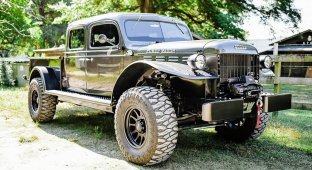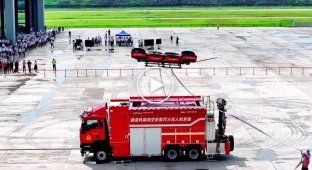e-Power: how the latest technology from Nissan works in the city and on the highway (7 photos)
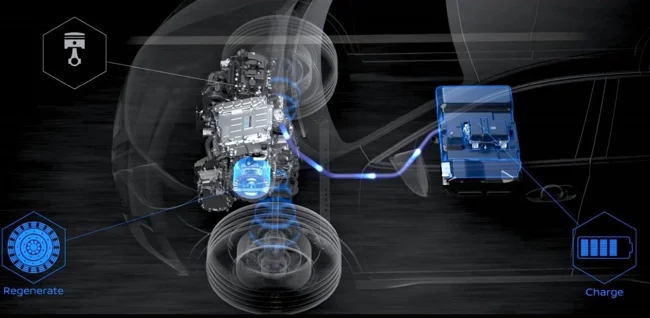
Nissan's e-Power technology is an innovative approach to hybrid drive that allows for maximum efficiency in both urban and highway driving. However, these two modes have their own characteristics that affect performance and fuel consumption. 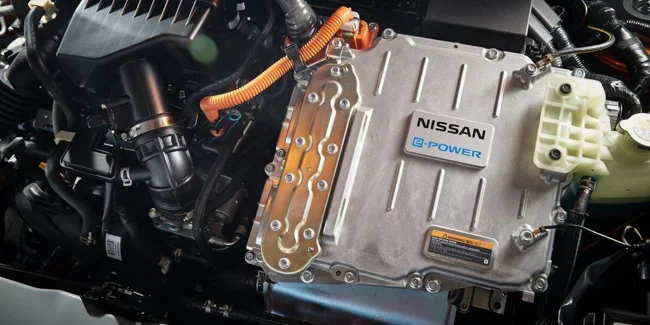
e-Power on the highway: sustainability and efficiency
At first glance, it seems that urban conditions are the ideal environment for hybrids and electric cars, but thanks to e-Power, this car remains economical on the highway. The key aspect here is that even on the highway you can drive on the electric motor when the car develops a constant speed (during acceleration - the internal combustion engine is connected). 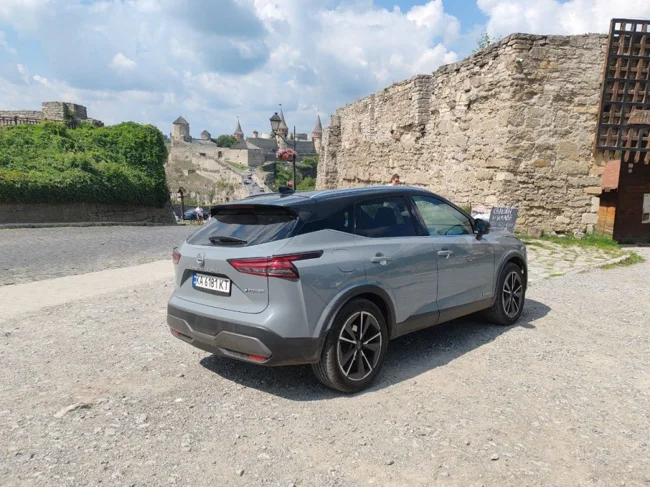
This means that when driving on the highway at a constant speed, the gasoline engine works only as an electricity generator, maintaining the battery charge. But when the car reaches a constant speed (on cruise control, for example), the power from the generator ensures continuous operation of the electric motor, without increasing fuel consumption. This allows you to reduce energy consumption and achieve a high level of fuel efficiency even at high speeds.
If in numbers, then at a speed of 100 km/h you can achieve 5-5.5 liters of fuel, and at 120-140 you can meet 6.5-7 liters! 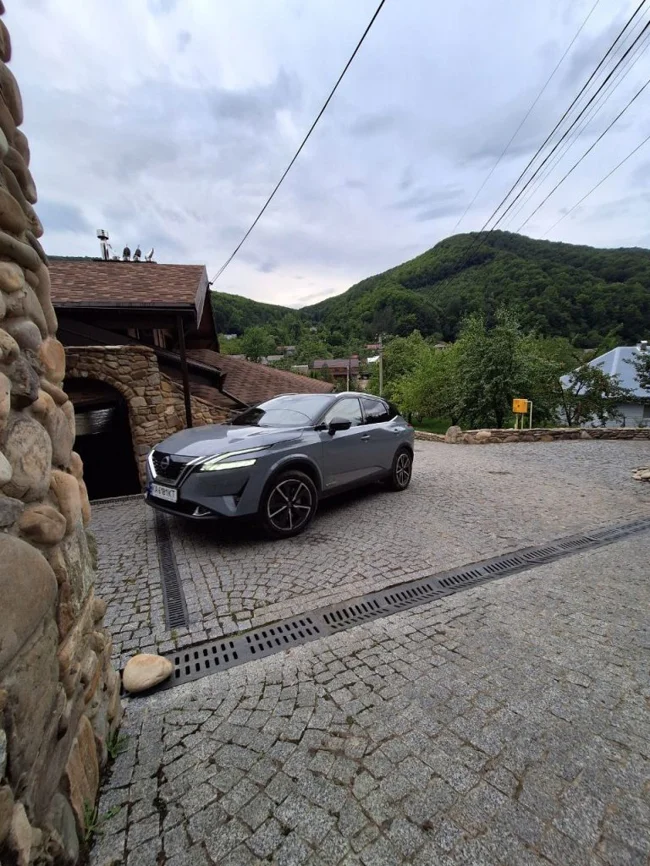
e-Power in the city: maximum benefit and savings
The true potential of the Nissan Qashqai e-Power is manifested precisely in urban conditions. Constant stops, start-stop modes, traffic jams - all this negatively affects fuel consumption in traditional cars. However, for the e-Power system, these are optimal conditions. Since the electric motor constantly drives the car, each stop means minimal energy consumption and its recovery. In the city, the gasoline engine works much less often, as the battery is recharged during braking or deceleration, which allows maximum use of electric energy. 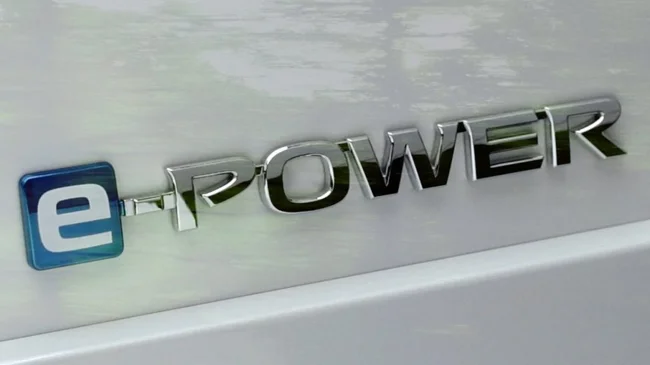
What does this mean for costs? In a city with frequent stops and low speeds, you consume practically no fuel, since the electric motor covers most of the short trips. All these factors make e-Power technology ideal for urban conditions, where fuel consumption will be significantly lower than in traditional hybrids or gasoline cars.
If in numbers, in the city the consumption of Qashqai e-Power can be 4-4.5 liters. In the mountains (with significant altitude differences) the record figure in our case was 3.7 liters! 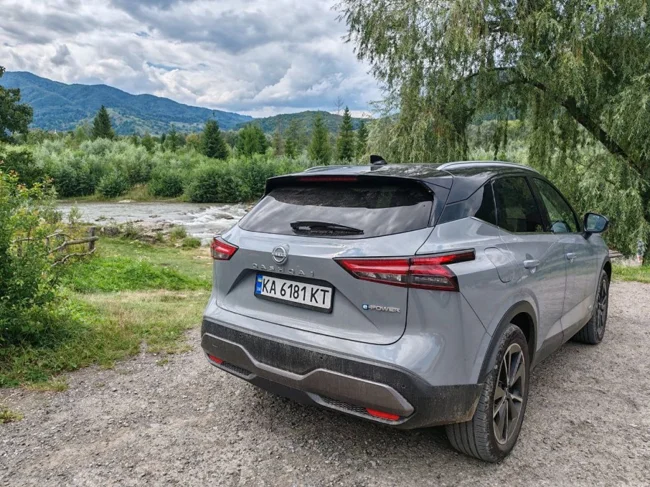
City vs. highway: where is the savings greater?
Although e-Power demonstrates efficiency on the highway, the maximum savings are still achieved in the city. Since on city roads the car uses renewable energy more often and runs on the electric motor for more time, fuel consumption in such conditions can be significantly lower than on the highway. On the highway, where more consistent power is needed to maintain high speeds, the gasoline engine operates more frequently, which increases fuel consumption, although only slightly compared to traditional engines. 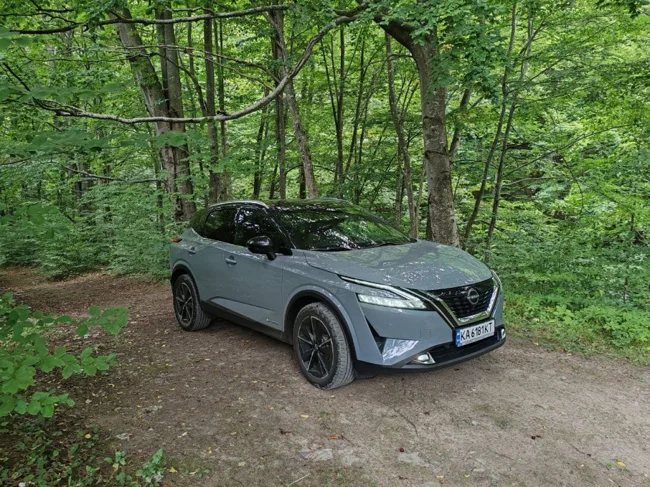
Conclusion
e-Power technology gives the car versatility and allows you to optimize fuel consumption in different conditions. In the city, it shows its maximum efficiency, allowing you to move almost entirely on electricity, while on the highway it maintains stable operation and economy due to optimal use of the generator.
The Nissan Qashqai e-Power is a car that adapts to your driving conditions, offering you the perfect balance between electric efficiency and the instant "pick-up" and reliability of a traditional gasoline drive.












